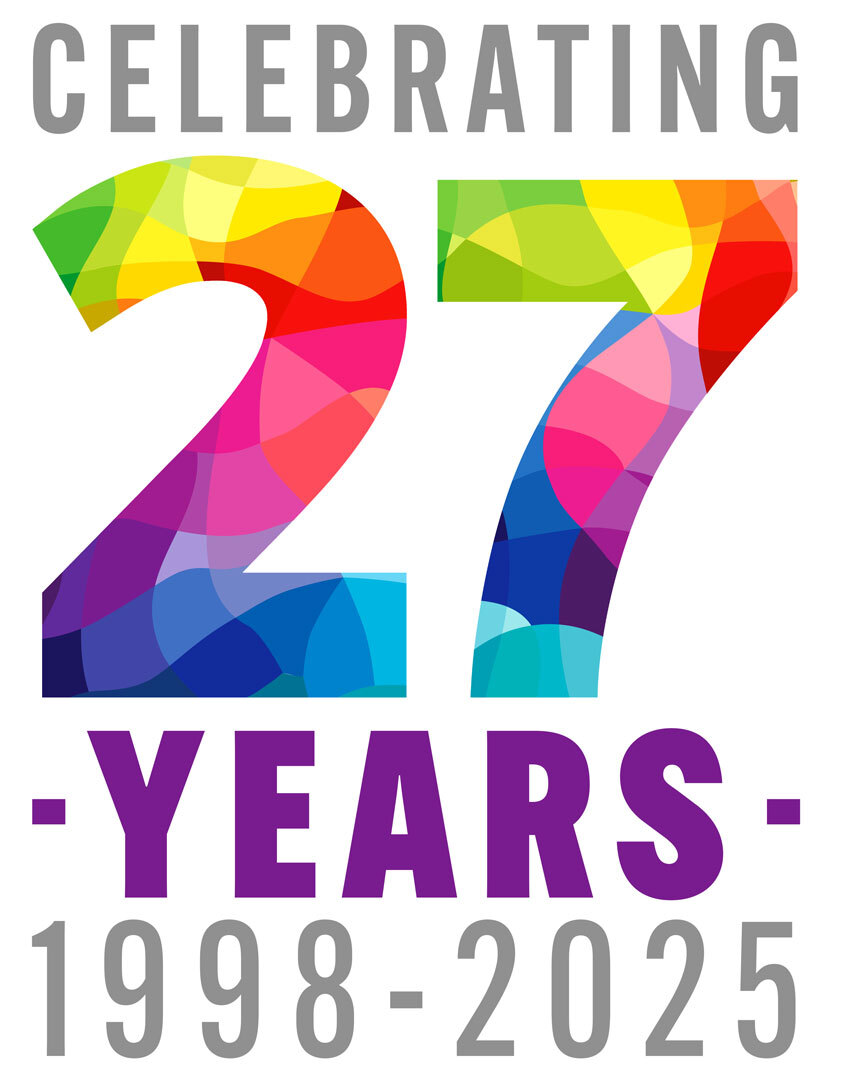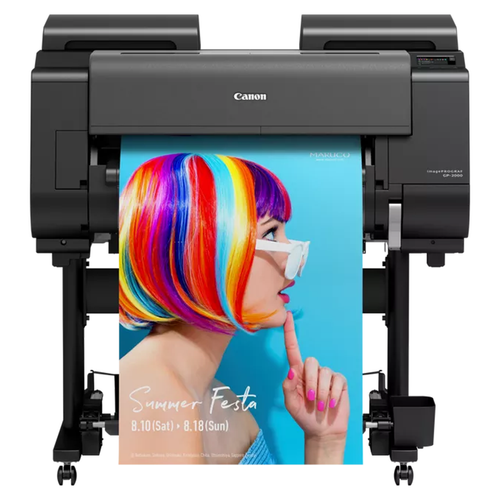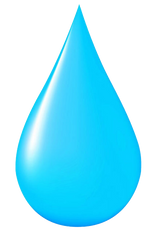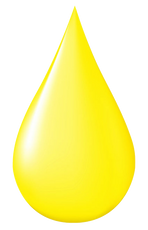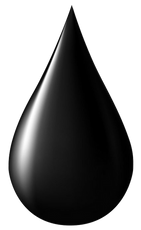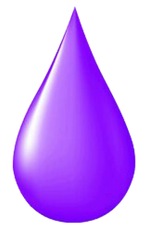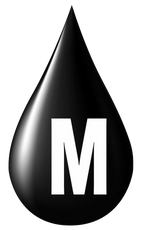
Canon imagePROGRAF GP-2000 11 Colour 24"/610mm A1 printer
Canon
- Code:
- 5255C003AA
|
Availability: |
Description
Description
Canon imagePROGRAF GP-2000 - 11 Colour 24"/610mm A1 printer with Stand & Basket
The imagePROGRAF PRO Series offers a range of automated features to streamline the workflow process for printing, giving photographers, professional and commercial print businesses more control in creating high-quality large-format prints.
The intuitive interface ensures that the process is as straightforward as possible, allowing users to produce stunning prints with a minimum of manual intervention.
Get a helping hand with the automated media handling, and intelligent workflow options designed to save time and make printing more efficient, while the Print & Layout software helps minimize the need for external rips & layout tools.
With five Canon imagePROGRAF PRO models to choose from, the imagePROGRAF GP Series is an ideal choice for print professionals looking for a reliable and efficient large-format printing solution with a good ROI.
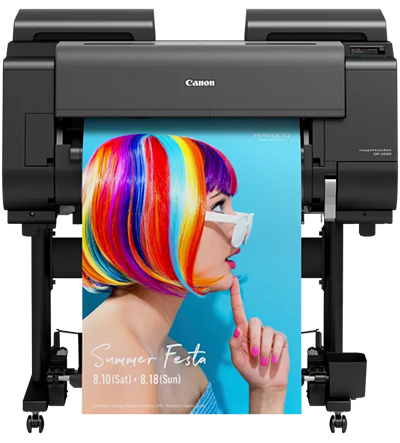 |
Compact sizeA 24 inch, 610mm printer that delivers high quality printing for the graphic, fine art, and commercial printers. |
|
Flawless printingWith its 11-colour ink system, Canon's LUCIA PRO pigment ink gives you crystal clear clarity and vibrant colours that bring your graphic designs and posters to life. |
||
Professional finishHigh-precision paper edge detection supports free-size borderless printing for all paper roll sizes, making it easy to create borderless posters without any cutting.
|
||
|
|
||
Automated processesSmart media handling automatically detects the media type and estimates remaining media. |
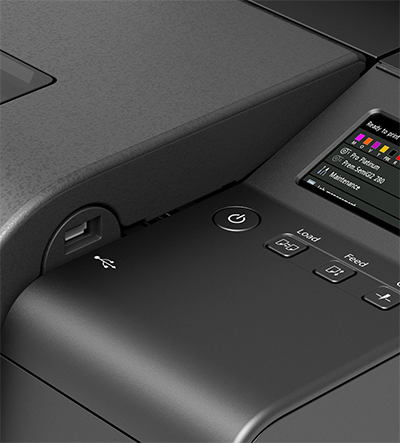 |
|
Software solutionsProfessional Print enables soft proofing, layout functions and pattern printing, on-screen. |
||
Operation efficienciesWork more productively by saving settings for routine print tasks, on an individual level. |
Product Specifications |
||
|
Print speed 0.59 minute per A1 sheet |
Ink type LUCIA TD 11 colour pigment ink |
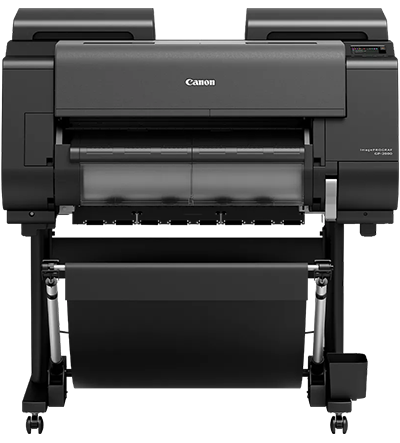 |
|
Operation panel 3-inch LCD colour touch screen |
Print technology Thermal Inkjet print Technology |
|
|
Additional Tools Direct Print Plus |
Software Poster Artist Lite |
|
|
Ink capacity 160 ml, 330 ml & 700 ml |
|
|
Watch this Video
Specification
|
Technology |
|
|
|
Printer Type |
11 Colour 24"/610mm |
|
|
Print Technology |
Canon Bubblejet on Demand 11 colours integrated type (12 chips per print head x 1 print head) |
|
|
Print Resolution |
2,400 x 1,200 dpi |
|
|
Number of Nozzles |
18,432 nozzles MBK, PBK, C, M, Y, GY, R, O, G, V, |
|
|
Line Accuracy |
±0.1% or less |
|
|
Nozzle Pitch |
600 dpi x 2 includes Non-firing nozzle detection and compensation system |
|
|
Ink Droplet |
Minimum 4 pl per colour Ink Capacity |
|
|
Ink Capacity Bundled Starter Ink |
330 ml (MBK), 160 ml (Others) |
|
|
Ink Type |
Pigment inks - Matte Black, Photo Black, Cyan, Magenta, Yellow, Grey, Red, Orange, Green, Violet & Fluorescent Pink |
|
|
OS Compatibility |
Microsoft Windows 32 Bit : 7, 8.1, 10 |
|
|
Print Languages |
PDF (Ver.1.7), JPEG (Ver. JFIF 1.02) |
|
|
Standard Interfaces |
USB A Port : USB Memory Direct Print for JPEG/PDF files |
|
|
Memory |
|
|
|
Standard Memory |
Standard memory 3GB |
|
|
|
|
|
|
Printing Speed |
Poster |
|
|
Plain Paper (A1 page size) |
0:59 (Fast) |
|
|
Heavy Coated Paper (A1 page size) |
1:37 (Standard) |
|
|
Glossy Photo Paper (A1 page size) |
3:08 (Standard) |
|
| Media Handling |
|
|
| Media Feed and Output |
Upper Roll Paper : One Roll, Front-loading, Front Output |
|
|
Media Width |
Roll paper : 152.4 mm - 610 mm |
|
|
Media Thickness |
Roll/Cut : 0.07 mm - 0.8 mm |
|
|
Minimum Printable Lengh |
Roll paper : 101.6 mm |
|
|
Maximum Printable Lengh |
Roll paper : 18 m (Varies according to the OS and application) |
|
|
Maximum Media Roll Diameter |
170 mm
|
|
|
Media Core Size |
Internal diameter of roll core: 2"/3" |
|
|
Margins Recommended Area |
Roll paper : Top: 20 mm, Bottom: 3 mm, Side: 3 mm |
|
|
Margins Printable Area |
Roll paper : Top: 3 mm, Bottom: 3 mm, Side: 3 mm |
|
|
Media Feed Capacity |
Roll Paper : 1 roll |
|
|
Media Take-up roll unit |
Dual direction roll take up unit allowing print surface to be |
|
|
Borderless Printing Width |
[Recommended] 515 mm (JIS B2), 594 mm (ISO A1), |
|
|
Max number of delivered prints |
|
|
|
Dimensions & Weight |
|
|
|
Printer Dimensions |
WxDxH |
|
|
|
|
|
|
Power & Operating Requirements |
|
|
|
Power Supply |
AC 100-240V (50-60Hz) |
|
|
Power Consumption |
Operation : 84 W or less |
|
|
|
|
|
|
Noise Level |
Operation : 48 dB (A) (Plain paper, Standard mode, Poster) |
|
|
Regulations |
Europe : CE mark |
|
|
Certificates |
TUV, CB |
|
|
What's included |
|
|
|
What's in the box |
Printer, 1 print head, 1 roll holder (spool), 3 inch paper core attachment, Power Cable, 1 set of starter ink tanks, Set up guide, Printer Stand Setup Guide, Quick Guide, Safety/ Standard Environment leaflet, User software CD-ROM (Win), PosterArtist Lite CD-ROM, EU Biocide Sheet, Important Information Sheet |
|
|
Software includes |
imagePROGRAF PRO Printer Driver, and PosterArtist Lite |
|
|
Options |
|
|
|
Optional Items |
2/3” Roll Holder : RH2-29 |
|
|
Consumables |
|
|
|
User Replacable Items |
User Replaceable Items Ink Tank : PFI-2100 (160ml), PFI-2300 (330ml), PFI-2700 (700ml) Print Head : PF-10 Cutter Blade : CT-07 Maintenance Cartridge : MC-30 |
Related Items
Finance Calculator
- * Fixed rates for the duration of agreement
- * Major tax benefits - each payment Is 100% tax deductible
- * The equipment can be earning your next payment from day one
- * No need to have bank loans, overdrafts or pay cash
- * Fast application turnaround
- * Spread the cost of your equipment purchase
- * Protect existing lines of credit and preserve cash flow for business growth
The Tax Benefits of Leasing explained
Leasing converts a large capital expenditure into small monthly payments. Hence the company has the profit-making equipment immediately and keeps their cash reserve available.
Rather than investing the precious cash reserves in depreciating assets, the company can use them to help increase profits.
Lease Rental is 100% Tax deductible
The main reason that the majority of companies lease rather than purchase equipment is that they use leasing as a method of reducing their tax bills. This is because lease rental is 100% tax deductible, and all payments made for the equipment are written off against the company’s tax bill. For any profit making business, this means a substantial saving in the real cost of acquiring equipment by lease rental. This could mean a saving of between 20-40% of the lease payments, depending on the rate of tax you pay.
Payments on qualifying leases are written off as direct operating expenses, rather than a debt or outstanding liability, thus reducing short term taxable income.
Any capital allowances are passed on to you, and lease payments can be offset against taxable profits. VAT can also be reclaimed on monthly payments. This status as a “lease” as opposed to a “liability” on a company’s balance sheet is something the banks like to see, which is why an operating lease can be attractive. For this reason, leasing is often referred to as ‘off balance sheet’ financing – a tremendous advantage to both large and small businesses.
Ownership at the end of the lease
Lease rental is just that, a rental or hire agreement. Title of the goods remains with the Lessor (either Kennet or assigned to a bank), which means the equipment does not show on the companies balance sheet, therefore not needing to be depreciated over a fixed period. If Kennet broker the funding, they are the “third party” involved within the lease agreements. In effect, Kennet buys the equipment from the supplier and then sell it on to the customer. This means that the customer can take full advantage of all the benefits of leasing but still owns it at the end. (Tax loop-hole)
The disadvantage of buying equipment outright
The disadvantage to buying equipment out-right, is that the capital invested becomes a depreciating asset. This is an asset that’s value decreases over time.
The total amount that assets have depreciated by during a reporting period is shown on the cashflow statement, and also makes up part of the expenses shown on the income statement. The amount that assets have depreciated to by the end date is shown on the balance sheet.
Downloads
Related items
Code
Description
Price
Quantity

